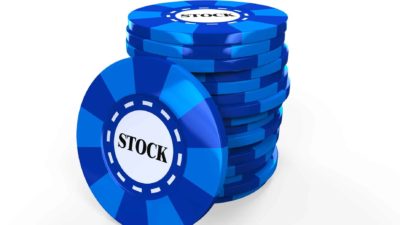If you've decided to start investing today, then congratulations.
Making the commitment is half the battle.
Many Australians have some savings in the bank, but it's sitting there doing nothing because they have not bothered to invest it.
Getting money for doing nothing is the dream for most people.
Now that you are taking the brave leap into the investment world, let's see if we can make your passive income goals come true.
The only free lunch in investing
Let's say you have $30,000 saved up.
This isn't an outrageous assumption because National Australia Bank Ltd (ASX: NAB) study earlier this year showed that the average Australian has about $34,500 in the bank.
And now that you've committed to invest, you can add $1,000 each month to that pot.
But where do we invest all this money?
Nobel Prize-winning economist Harry Markowitz once said that diversification is the only free lunch in investing. So make sure to buy into a range of sectors and geographies if you want to build a portfolio of individual stocks.
But to simulate such a portfolio for our calculations, let's pick an exchange-traded fund.
One that I'm a fan of is Vaneck Morningstar Wide Moat Etf (ASX: MOAT).
While past performance is no indicator of how it might go in the future, the fund seems to grow steadily without excessive volatility. It's what you want your portfolio to look like.
Over the past five years the Wide Moat ETF has gained 87%. That's through multiple market shocks, namely the 2020 COVID-19 crash and the 2022 inflation correction.
That equates to a compound annual growth rate (CAGR) of 13.34%.
Compound it, then enjoy your passive income
It's amazing how the power of compounding can accelerate your wealth.
That $30,000 invested into a portfolio similar to the Wide Moat ETF, with $1,000 added each month, could turn into $329,659 after just 10 years.
From here you can harvest that sweet passive income.
There are a couple of ways you can do this.
First is to sell out and reinvest the nest egg into dividend shares.
A portfolio that produces an average dividend yield of 8% will provide you with an amazing $26,372 of passive income each year.
However, one down side of this is that capital gains tax may have to be paid when you sell off the $329,659 before buying the income shares.
Second way to reap passive income is to leave the money in your original portfolio.
Then, annually, sell off the amount that you gained during that year. That is, keep the balance at $329,659.
On average, this will mean a passive income of $43,976.
Depending on your personal circumstances, you could also get a discount on your capital gains, meaning you are paying less tax than your day job paycheque.
The disadvantage of this method is that market volatility could lead to some years when you will receive nothing, and other years the balance could even reduce.









